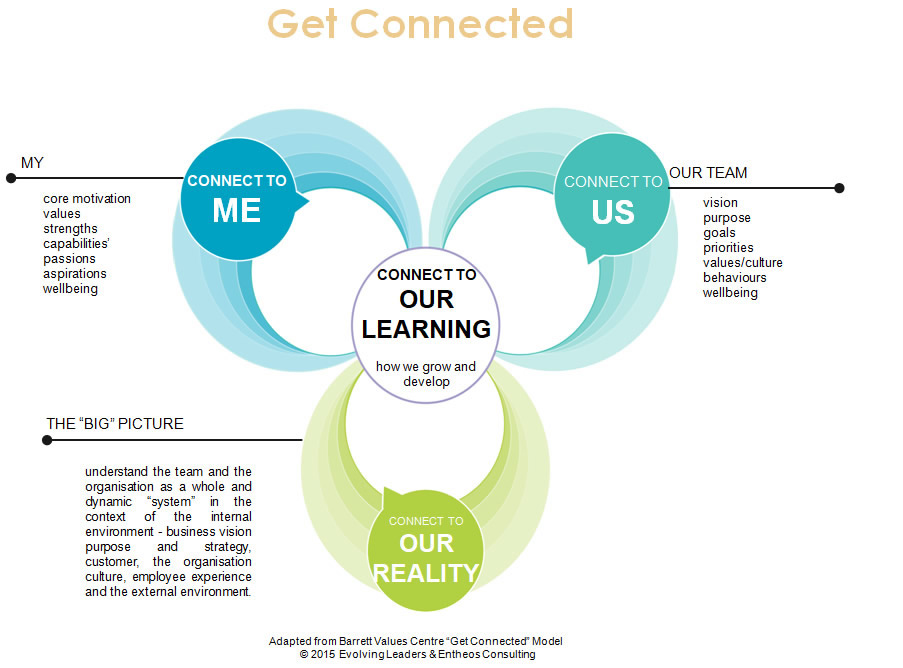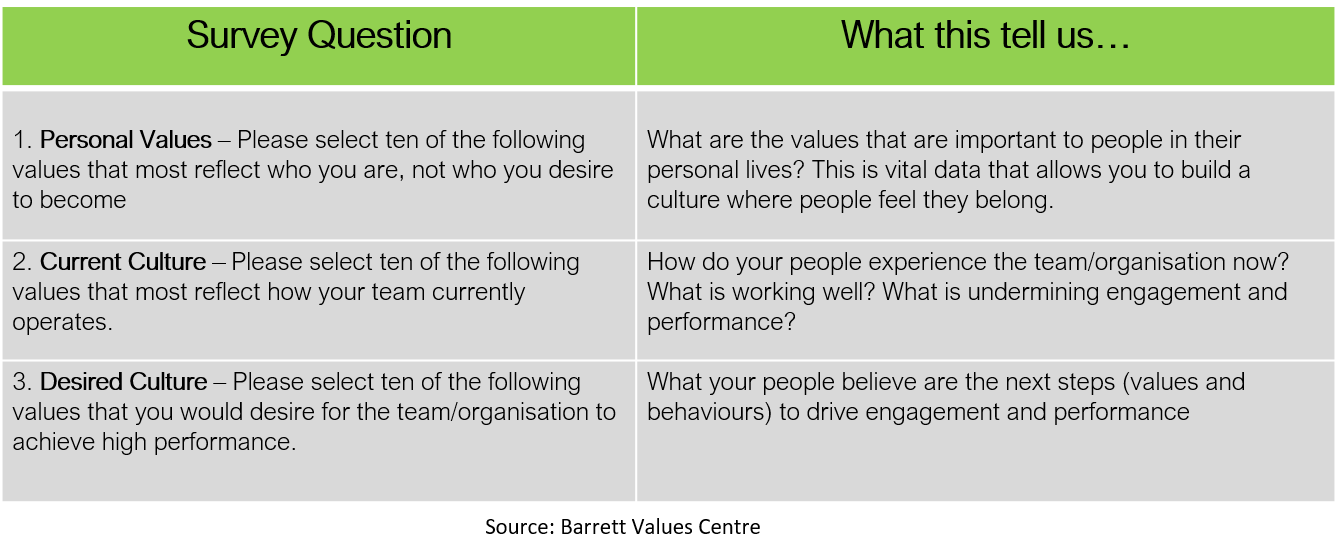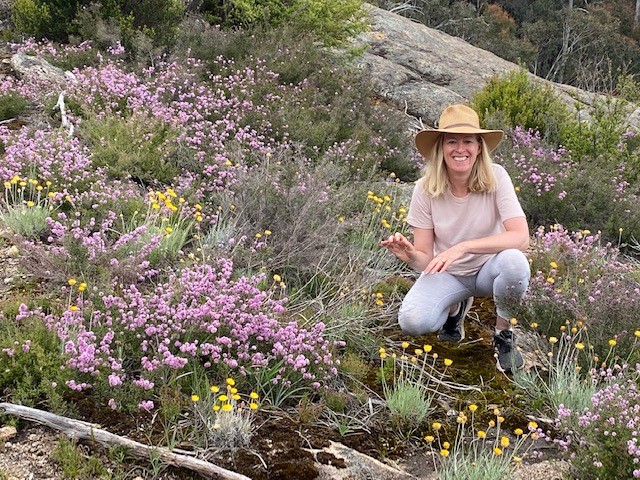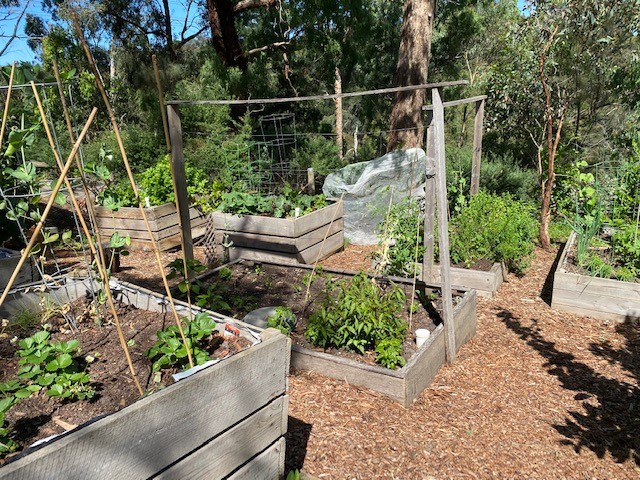Get Connected. It’s the key to cultural change. Part 2 – Connect to US
These posts explore the lens of building ‘connection’ as a model to guide cultural transformation for teams and organisations.
In Part 1 of this series, I explored the first cornerstone of connection, ‘Connect to Me’. In this post we will look at the second cornerstone, ‘Connect to Us’.
Where ‘Connect to Me’ was all about personal leadership and having the confidence to bring ‘more of who you really are to work’, ‘Connect to Us’ is about the group. It follows that the more each of us is willing to reveal our ‘warts and all’ self at work, (and there is the leadership and team culture that provides the best conditions for this to happen), then the better we will all understand each other. This connection brings healthier ways of working straight back to the workplace. This in turn creates the right conditions for the pursuit of a truly human organisation.
As I mentioned last time, in much of my work in recent years I have used the model presented here – which is adapted from the Barrett Values Centre ‘Get Connected’ model – as a road map to simplify some of the complexity and the multi-faceted considerations that exist when navigating cultural change.

One of the diagnostic models I like to use when working with teams is the Barrett Small Group Culture and Values Assessment.
It asks three simple questions of each member of the team and elicits rich data about what is important to each member of the group personally, how they currently experience the team culture and where they would like that culture to be.

The assessment provides the basis for a different conversation – one where real connection happens and healthy change becomes possible. This provides the context for the broader team exploration which includes the following themes:
- ‘Why do we exist?’ or ‘What is our purpose?’
- How is our team culture contributing to the customer experience and the culture of the wider organisation?
- Given what I now know about myself and others, what does that mean in the context of how we operate as a team and the culture we want to create?
- What matters to us collectively as a group and how can we create a culture where we feel greater alignment?
- What is it about the way we operate that is hindering or helping the personal wellbeing of each of us?
- How are we fulfilling our role to deliver on the business strategy?
- Given what we now know, what are our goals and priorities?
The process enables the group to make choices about ‘the way we want to work together’ and ‘the way we want to be together’ and to take committed action to make that happen. This exercise often reveals ‘blockages’ that are preventing the team/organisation from being their best and identifies the key leverage points to harness the energy and build a healthy culture and thriving team.
The way the learning journey is facilitated and the skills that are practised during the team learning journey build connection, which in turn moves the organisation towards being more human. Where meaningful conversation and deep listening occurs, change happens.
“There is no power for change greater than a community discussing what it cares about” (Margaret Wheatley – Turning to One Another)
In Part 3 I explore Connect to Our Reality and Connect to our Learning.





